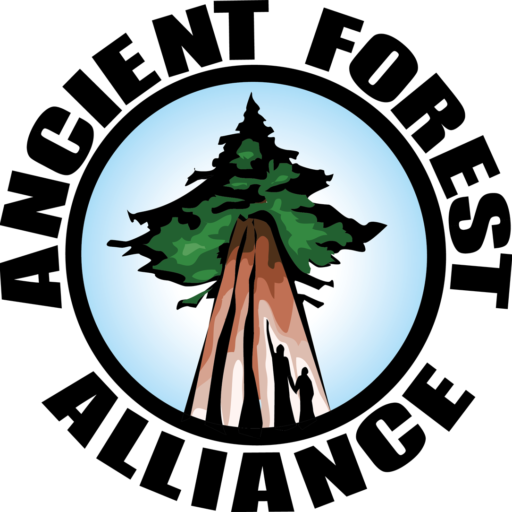Get in Touch
AFA’s office is located on the territories of the Lekwungen Peoples, also known as the Songhees and Esquimalt Nations.
Copyright © 2025 Ancient Forest Alliance • All Rights Reserved
Earth-Friendly Web Design by Fairwind Creative
Earth-Friendly Web Design by Fairwind Creative

West Jet’s Going Coastal in Avatar Grove
With a name inspired by James Cameron's blockbuster film, Avatar Grove is home to a remarkable stand of photogenic old-growth trees, including "Canada's gnarliest". Download a map at https://ancientforestalliance.org
Thank you to Francis Litman and Creatively United for the Planet!
The Ancient Forest Alliance would like to extend a great thank you and congratulations to Francis Litman and all the organizers and volunteers that made Creatively United for the Planet such a success this past Earth Day weekend. The family-friendly event drew out thousands of folks who were able to visit the more than 70 vendor booths and learn more about sustainability and creative ways to help the planet. It's through building a broad-based, large-scale movement that we will bring about real powerful social and environmental change. Creatively United was a great example of this! Here's to 2014!
Slideshow Presentation in NANAIMO: "Conversations about a 21st Century Vision for BC’s Forests"
When: Thursday April 25, 2013
Time: 7:00-8:30 pm
Where: NANAIMO, Beban Park Social Centre, 2300 Bowen Rd., Meeting Room 3
A Joint Presentation by the Nanaimo and Area Land Trust, Ancient Forest Alliance, and VIU Ecology Students
Ancient Forest Alliance pushes parties to protect old growth
The Ancient Forest Alliance is taking provincial political parties to task this election in terms of committing to preserve B.C.’s remaining old growth forests.
NDP Full Platform Released Today – Old-Growth Protection Mentioned and $1 million/year Allocated to Protect Endangered Species and Habitat
The Environment Platform states the party will “Protect significant ecological areas like wetlands, estuaries and valuable old-growth forests.” The recognition of the importance of protecting old-growth forests is a step forward for the party, which made no mention of old-growth or the environment in their previously released Forestry Platform, to the chagrin of conservationists. However, the critical details of “how much”, “where”, and “when” are not mentioned in today's platform.
A provincial NDP government would kill Pacific Carbon Trust
The Climate Action Secretariat would take over from the trust, with carbon-tax revenues used to fund transit and other green projects, he said. Levies paid by hospitals, Crown corporations and post-secondary schools would fund energy-efficiency upgrades for those institutions.
5 Canadians to salute on Earth Day
Avatar Grove on Vancouver Island is a protected forest of towering trees that have survived on the planet for centuries, and in some cases millennia. TJ Watt of the Ancient Forest Alliance has been integral in promoting sustainable practices that will ensure Avatar Grove’s existence. An activist and photographer, Watt has so far managed to help preserve 59 hectares of forest near Port Renfrew from logging.
NDP Environmental Platform is like a "Blurry Sasquatch Video” on Old-Growth Forest Protection and Park Creation – Details Needed
Today on Earth Day BC NDP leader Adrian Dix announced the party’s environment platform, stating that an NDP government would “reinvest in BC’s parks” and “protect endangered species and habitats”. A version of the media release (not posted online) also stated the party would work to “acquire” “wetlands” and “old-growth forests”.
Earth Day forms backdrop to B.C. election campaign
“We need the NDP to commit to a science-based plan to fully protect BC’s endangered old-growth forests on Crown lands, to ensure sustainable second-growth forestry, and to commit to a B.C. park acquisition fund to purchase and protect endangered ecosystems on private lands.”
Caribou count may be lowest ever
“We’re watching the demise of something comparable to the decline of the buffalo on the prairies.”